Summary
- Final Fantasy established its visual identity with pixel art, influencing influential classics.
- Best entries with pixel art feature epic narratives, charismatic heroes, and memorable battles.
- Pixel-based FF games continue to age well, creating a nostalgic and visual bond with the series’ roots.
Final Fantasy built its visual identity through a collaboration with pixel art in its early releases. During the 80s and 90s, that direction shaped the style that defined several franchise classics. The pixelated approach conveyed strong emotions and built entire worlds with detailed characters, even under technical constraints, making this aesthetic set a standard that remains influential.
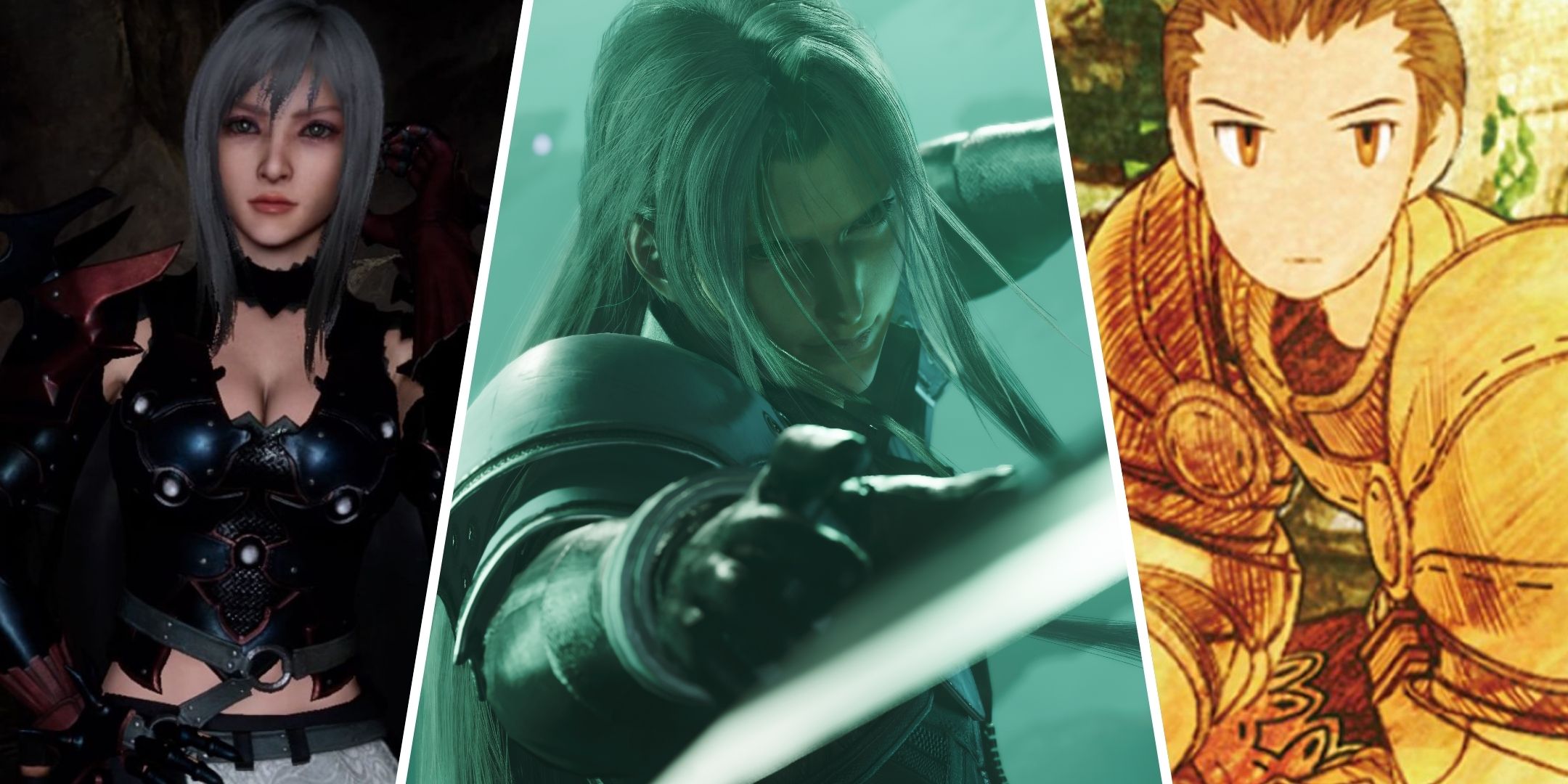
Related
10 Best Temporary Party Members In Final Fantasy Games, Ranked
Discover the best temporary party members in Final Fantasy – proof that even brief appearances in this iconic JRPG can leave a lasting mark.
The best Final Fantasy entries with pixel art show how that artistic and technical blend can succeed. These titles stand out for epic narratives, charismatic heroes, and memorable battles. The iconic visuals have aged well. For longtime enthusiasts or newcomers, these installments present a nostalgic, visual bond with the series’ roots.
8
Final Fantasy 2
JRPG Was A Natural Evolution From The First Entry
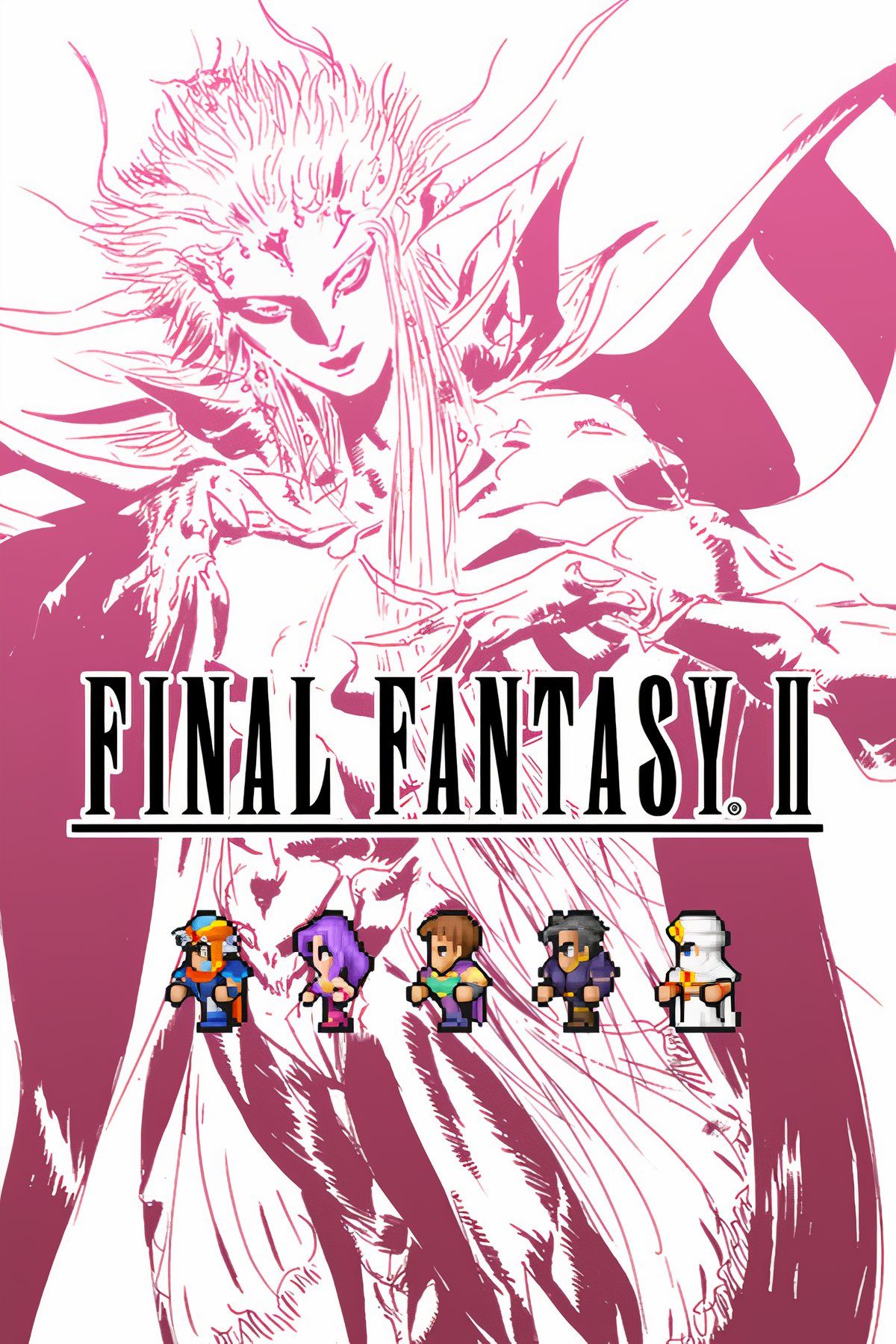
- Released
-
December 17, 1988
- ESRB
-
t
Claimed as a natural evolution from the earlier installment, Final Fantasy 2 introduced improvements beyond the original. Slightly more detailed environments and fresh sprite designs appeared in battles. The story emphasized a narrative with unique protagonists, diverging from the standard party found in the first Final Fantasy. That approach brought more depth for those exploring the second release.
Its plot may not match the complexity of later titles or current JRPG releases, but it added a twist to a familiar formula. However, the level-up system was not polished, which created hurdles in progression and gaining enough XP to handle a boss required dedicated grind, a drawback that might have challenged some who attempted to finish the game.
7
Final Fantasy 1
The Start Of The Franchise Features Simple Yet Appealing Pixel Art
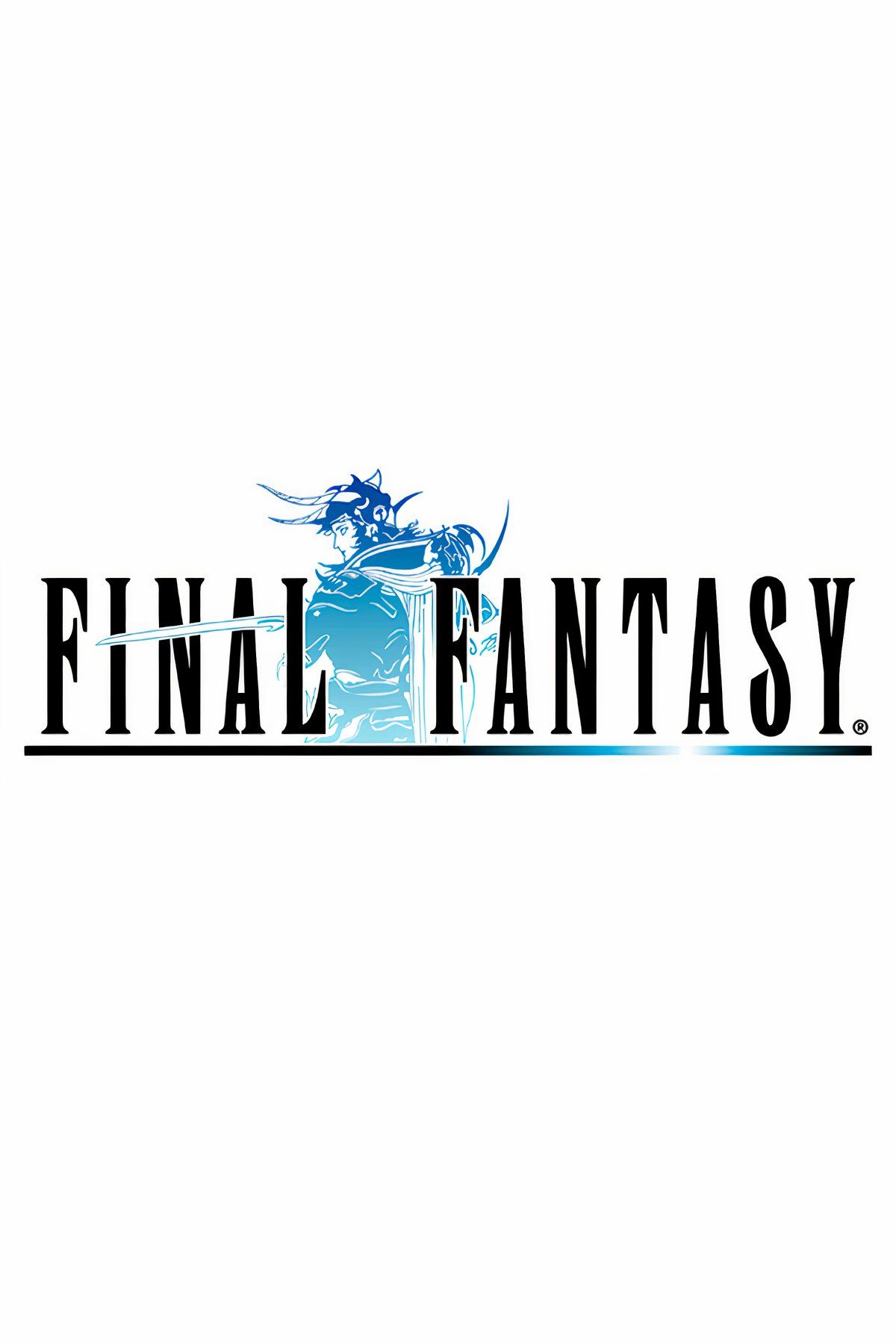
- Released
-
December 18, 1987
- ESRB
-
e
Marking the start of the entire series with a relatively simple pixel art style, Final Fantasy 1 still retained a certain charm. Remakes and other versions strengthened that appeal over time. The original hardware restricted the graphics, but that foundation served as a visual template for later entries. Many Final Fantasy staples emerged here, including a classic fantasy atmosphere.
Minimalism did not reduce quality. That core simplicity provided the era with a unique experience. The new versions improved visuals while preserving the classic direction. This combination secured Final Fantasy 1 a place among prominent JRPG milestones, showing how a modest foundation can leave a lasting mark. Players witnessed the origin of many recurring elements still present in the franchise.
6
Final Fantasy Tactics Advance
Pixel Art In This Title Is Colorful And Detailed
Away from the main spotlight, Final Fantasy Tactics Advance ranks among the hidden gems from the pixel art era. It features a vibrant palette and expressive characters plus well-crafted environments. Even with a simplified narrative compared to Final Fantasy Tactics, the detailed visuals create an engaging setting. The color scheme makes each region stand out.
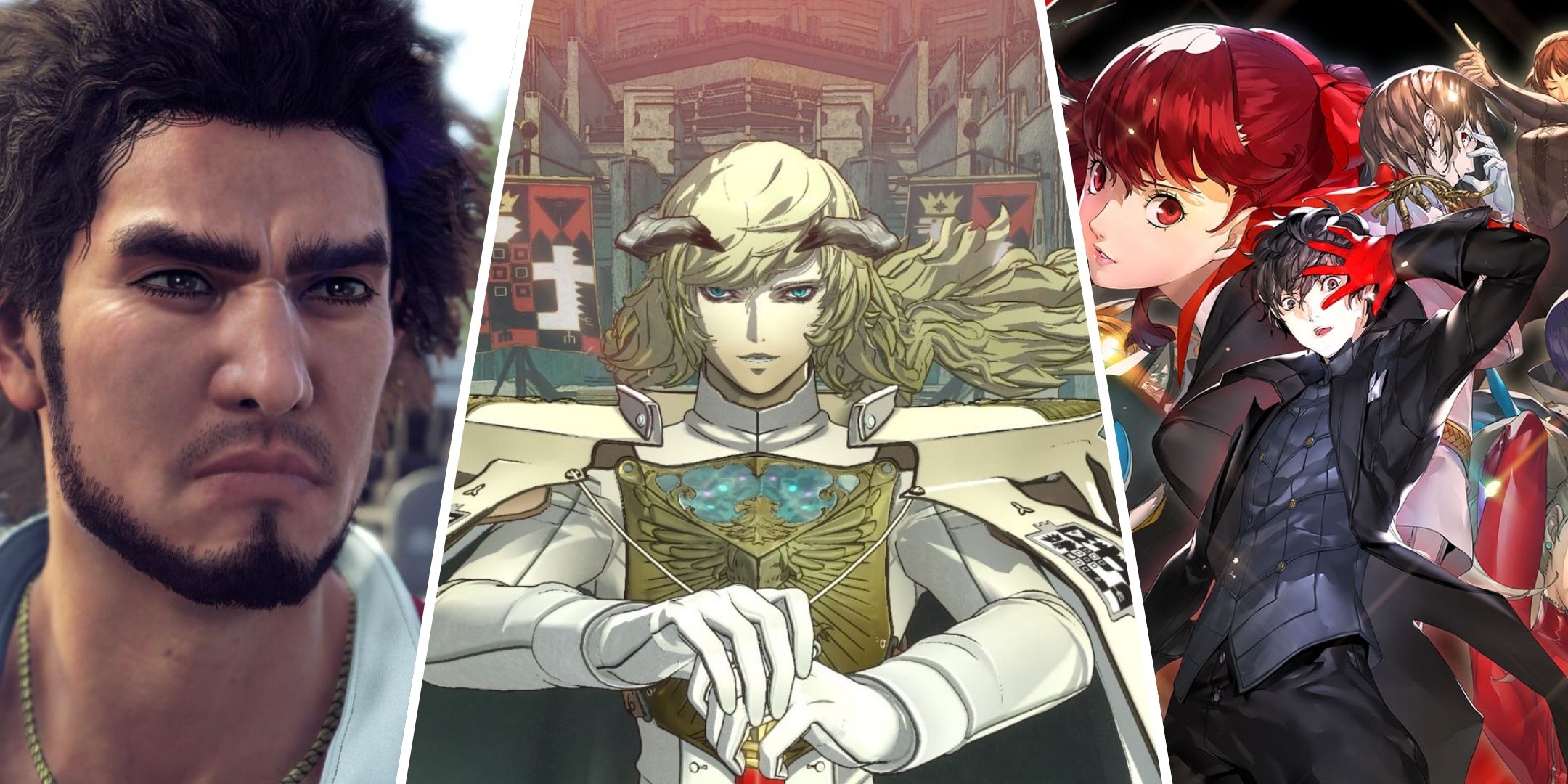
Related
10 Best Plot Twists In JRPGs, Ranked
Get ready for jaw-dropping moments as these JRPGs deliver plot twists that add depth to every adventure.
This entry stands out for its tactical combat system, an expansion of the jobs approach used earlier. Multiple classes and customizable abilities let enthusiasts shape squads based on specific preferences. The synergy between appealing aesthetics and strategic depth secures Final Fantasy Tactics Advance a place among noteworthy pixel-based installments in the series and establishes it as a favorite for many.
5
Final Fantasy 3
This Entry Is One Of The Most Important In The Franchise
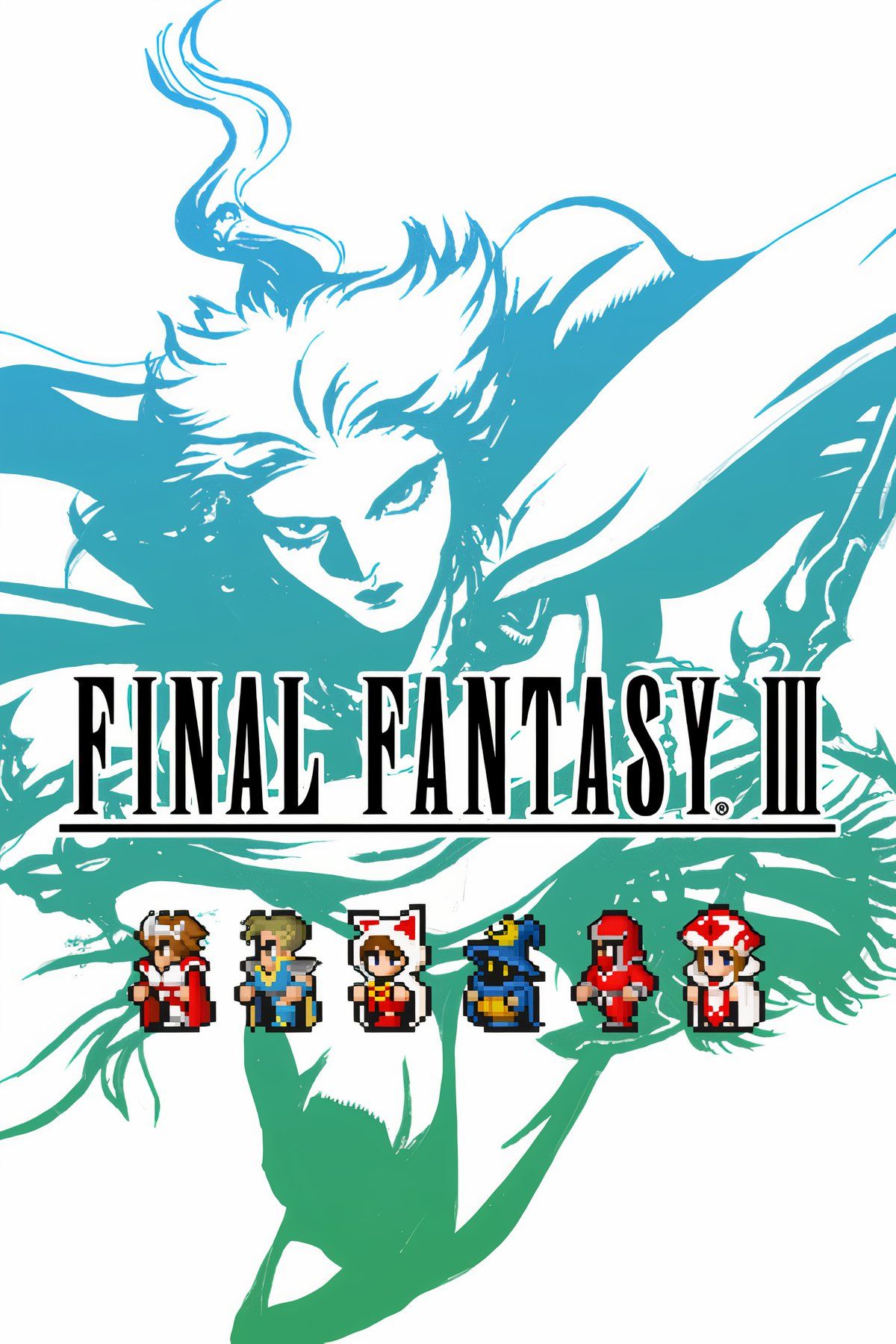
- Released
-
April 27, 1990
- ESRB
-
m
Final Fantasy 3 added a flexible jobs system, marking a major milestone among the best Final Fantasy pixel art experiences. That design boosted depth in battles and allowed advanced customization for party members. Iconic options like Dragoon debuted here and the wide selection of roles opened new paths for strategy, while mastering different class setups added replay value for players who wanted variety.
Vehicles and summons also added more scale to Final Fantasy 3, featuring notable entities like Shiva and Ifrit. The detailed pixel art displayed a new sense of adventure in each region, showing expressive characters and unique lands. These features strengthened its reputation among the best examples of Final Fantasy pixel art, even decades after release, cementing its legendary status.
4
Final Fantasy 5
Square Enix Created A Polished JRPG With This Title
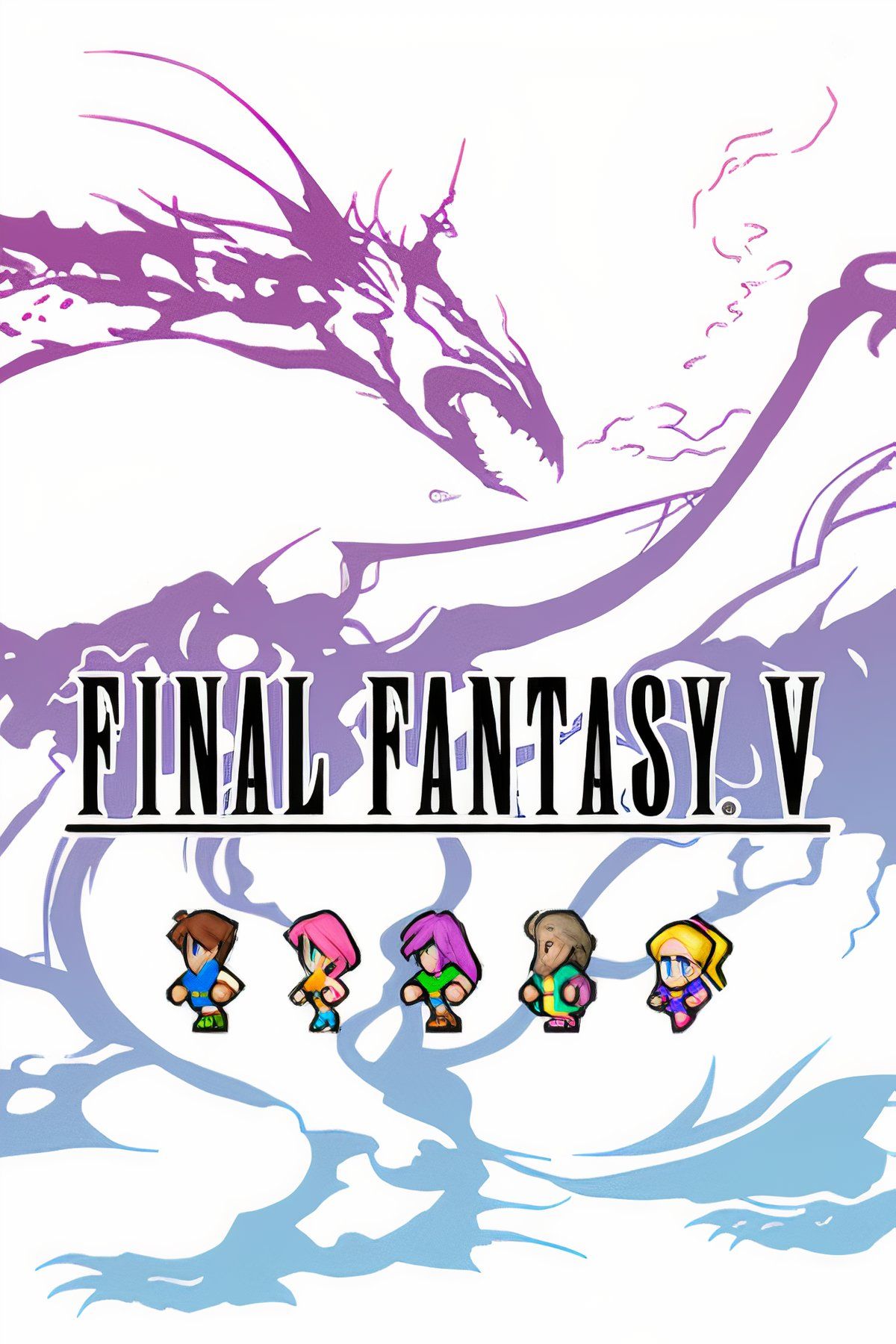
- Released
-
December 6, 1992
- ESRB
-
T For Teen due to Mild Fantasy Violence, Partial Nudity
One major issue for Final Fantasy 5 was arriving between two acclaimed releases, Final Fantasy 4 and Final Fantasy 6. This overshadowed a refined pixel art style that looked impressive on the Super Nintendo and improved through various remasters. The visuals stood out with sharper sprites and well-defined backgrounds and any considered these graphics among the best examples of classic 16-bit art.
Appealing visuals are not the only draw in Final Fantasy 5. The story offers notable moments, such as Galuf’s stand, paired with engaging gameplay. The job system allows extensive character customization and gives players an adaptable approach to each challenge. This design sets it apart and secures its place among the best installments from that era of the franchise.
3
Final Fantasy Tactics
Tactical RPG Mixes Pixel Art With 3D Environments
The PlayStation 1 era introduced a different art style for the series, aiming for 3D and realistic visuals. Yet, Final Fantasy Tactics stayed true to the pixel art approach, presenting isometric maps where camera angles could shift during battles. Characters retained a traditional design while backgrounds offered a dimensional effect and that balance forged a distinctive look that continues to resonate with many enthusiasts.
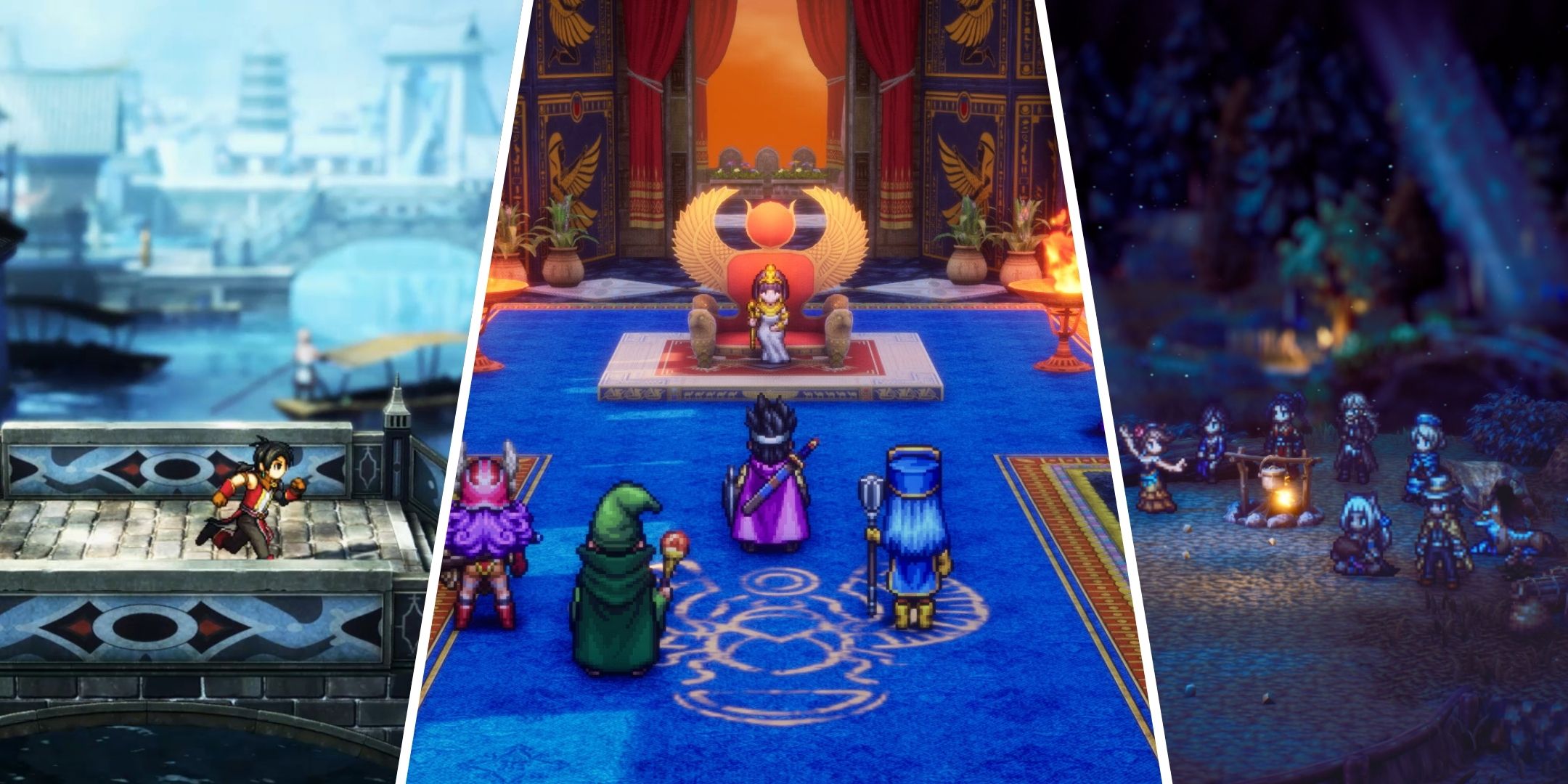
Related
HD-2D JRPGs bring the nostalgia of classic JRPGs to the modern era, and these games are the best of their kind.
This blend of techniques enabled smooth animations during skirmishes. Changing the camera angle allowed strategic decisions, making each match more dynamic. The result became one of the best Final Fantasy pixel art releases developed by Square Enix, still recognized for its originality. Ramza Beoulve’s campaign retained a timeless style admired by tactical JRPG devotees, even decades after launch.
2
Final Fantasy 4
This JRPG Featured One Of The Best Pixel Arts In Final Fantasy
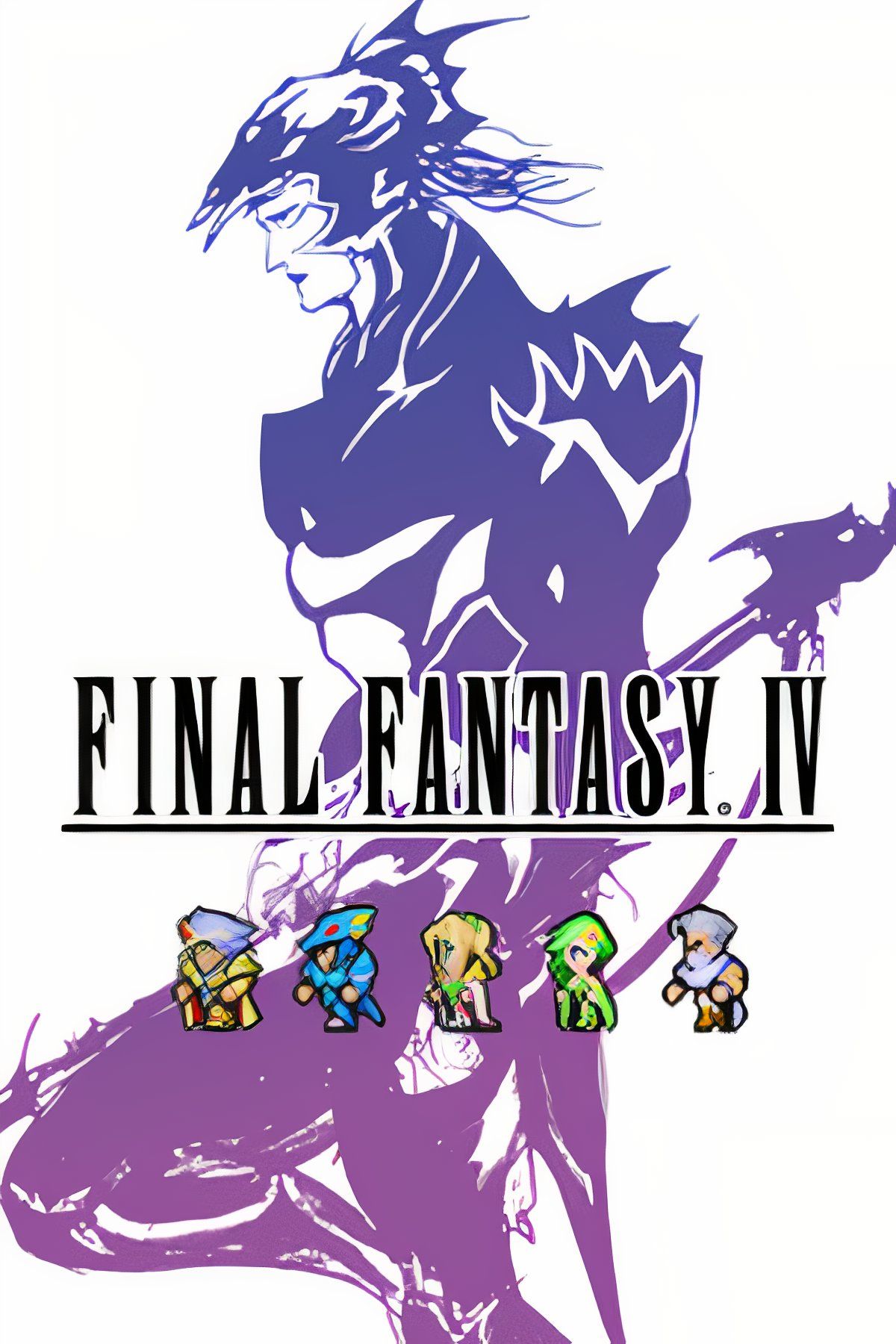
- Released
-
July 19, 1991
- ESRB
-
e
The fourth main entry in the series followed a similar art style, but introduced meaningful changes for the franchise’s formula. Protagonists received deeper backgrounds and motivations, unlike the standard four warriors of light from previous titles. This shift created an engaging narrative with more complex characters than earlier JRPG releases. Many found its story refreshing for that era.
Alongside this new tone, the pixel art displayed an attractive color scheme. Animations remained simple, yet each protagonist had a distinct look and movement. These elements highlighted Final Fantasy 4 as a title with strong visual identity among the best Final Fantasy pixel art games, defying the technical limitations of that generation. This approach stood out in an era of experimentation.
1
Final Fantasy 6
This Title Is One Of The Best Final Fantasy Installments Ever Produced
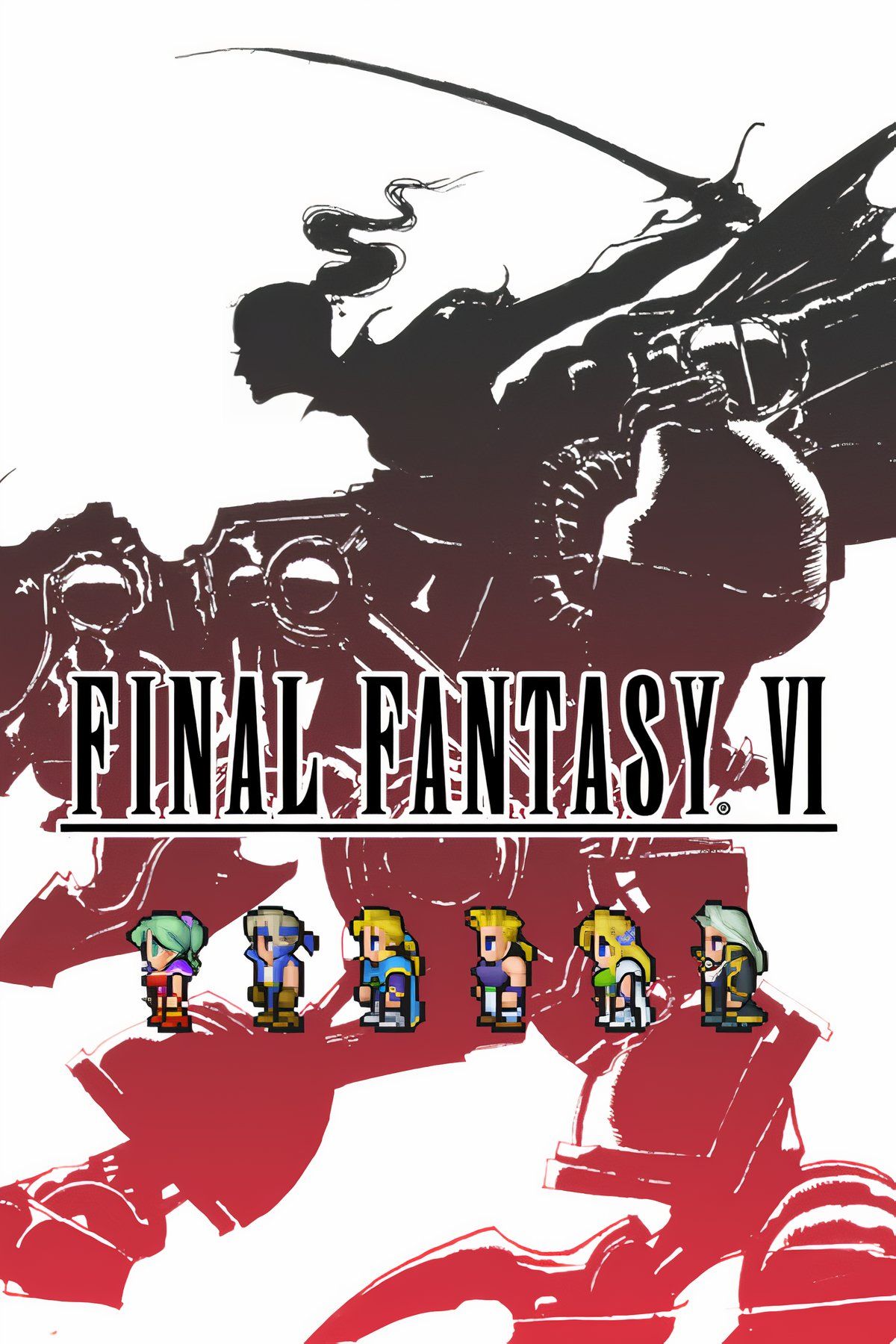
- Released
-
October 11, 1994
- ESRB
-
T For Teen Due To Fantasy Violence, Partial Nudity
Frequently regarded as one of the top installments in the franchise, Final Fantasy 6 is a classic JRPG with an outstanding approach to pixel art. The developers maximized the Super Nintendo hardware to create detailed settings and memorable characters, forming a distinctive experience. Scenes like Celes’s performance at the Opera exemplified the game’s creativity despite hardware limits.
An impressive soundtrack reinforces the sense of immersion and strengthens connections with the large cast. Final Fantasy 6 surpasses various constraints by blending visual artistry with a resonant score to create unforgettable moments. These qualities place it among the best Final Fantasy pixel art entries, proving that creative direction can overcome limitations and any regard it as a one of the best games of that era.

More
9 Best Couples In JRPGs, Ranked
From tender moments to heartbreaking farewells, these JRPG couples prove that love is as epic as the battles.

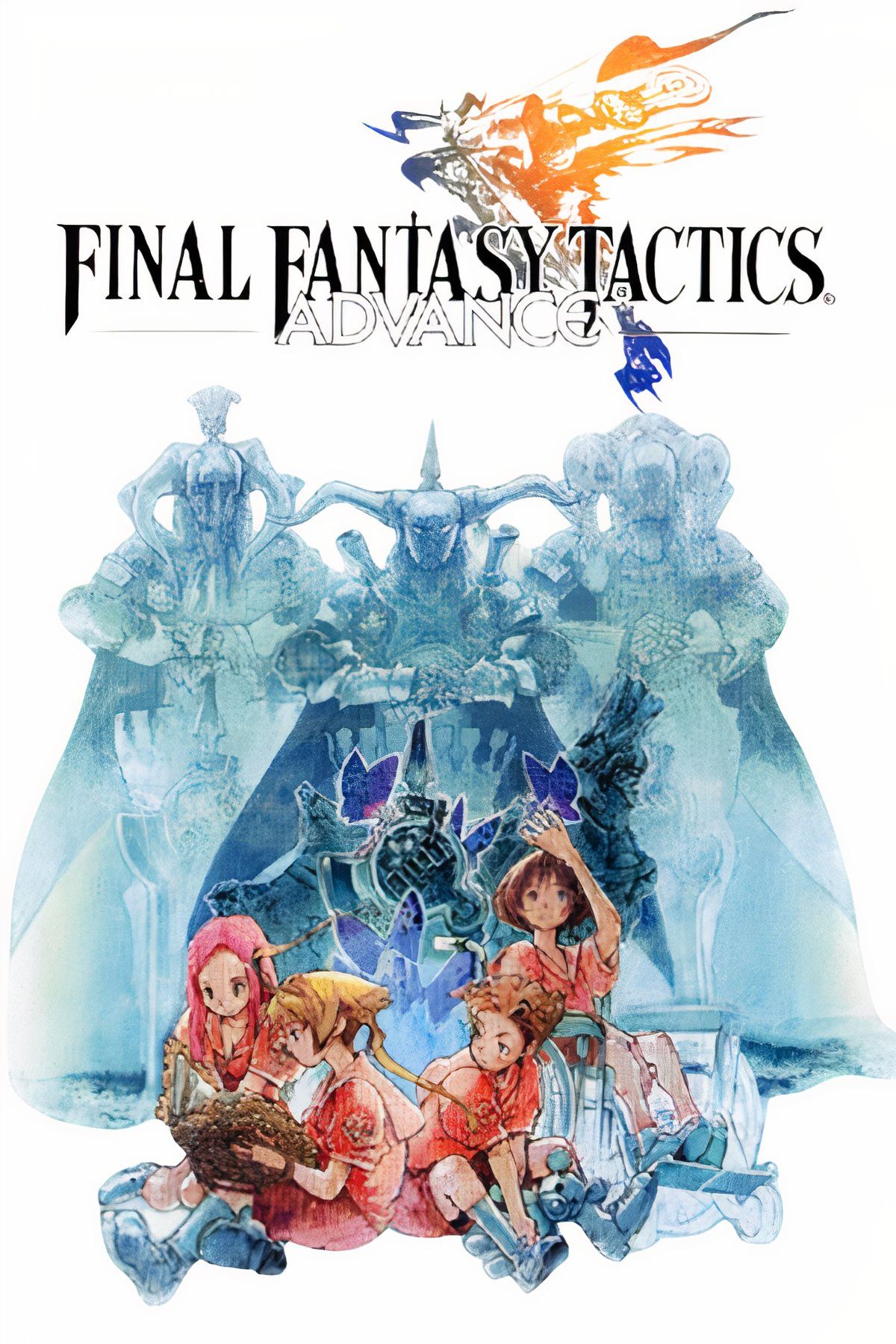
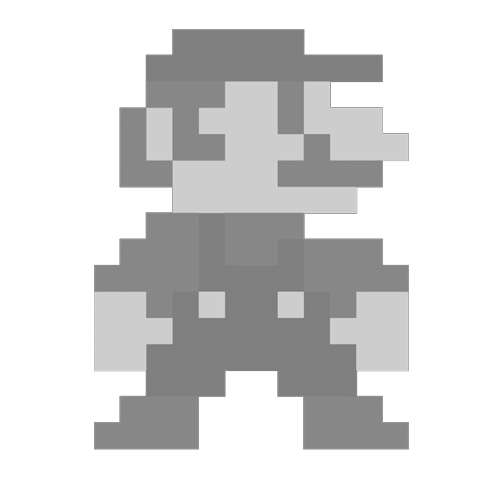
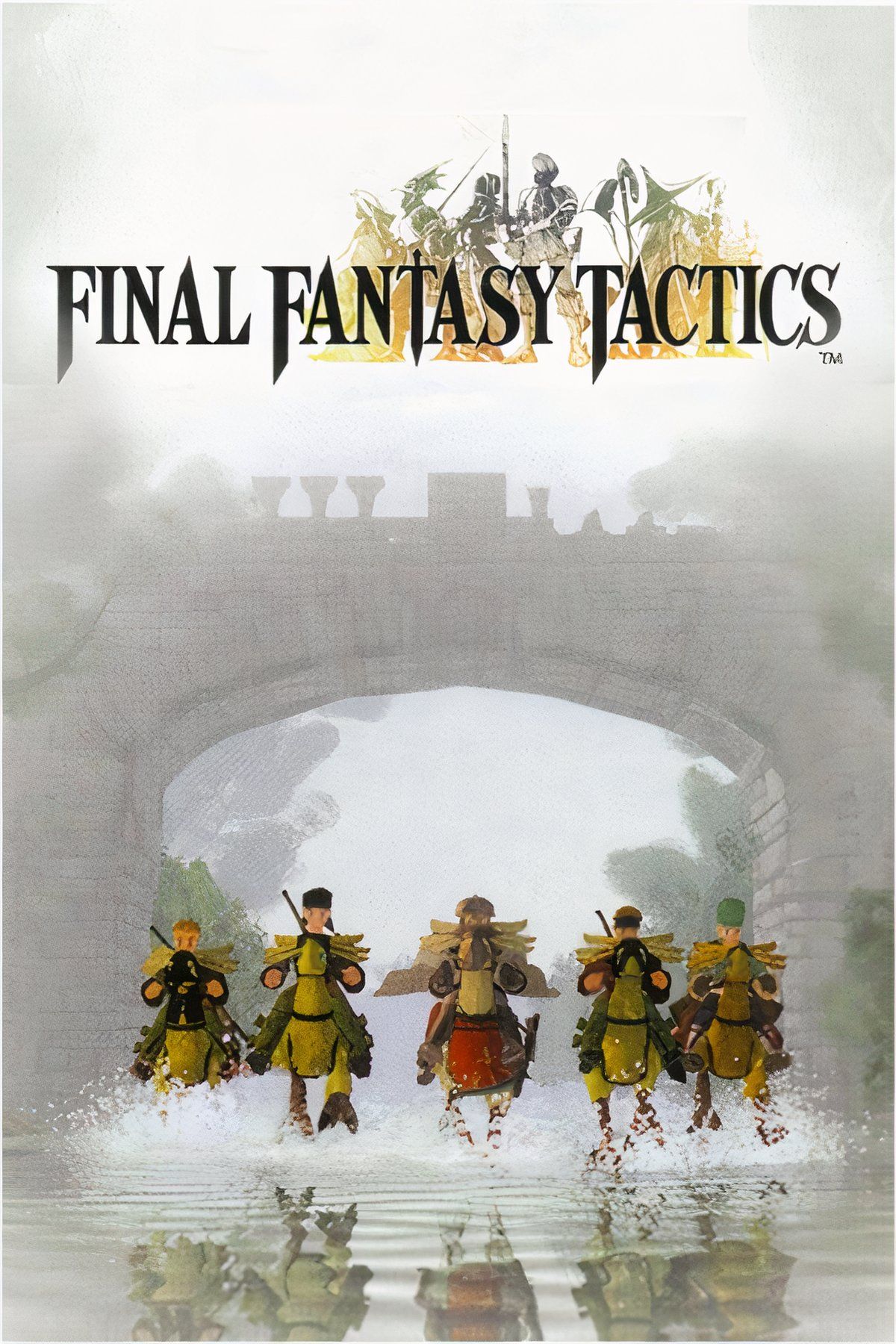



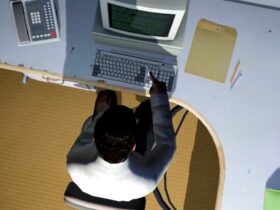





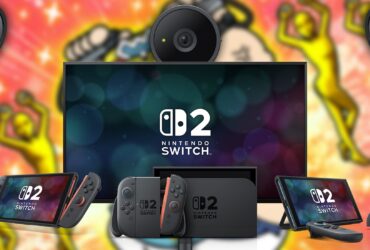
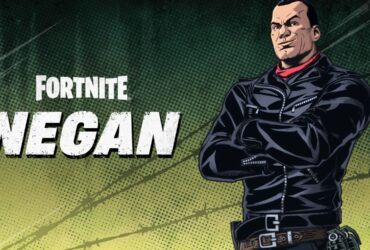
Leave a Reply